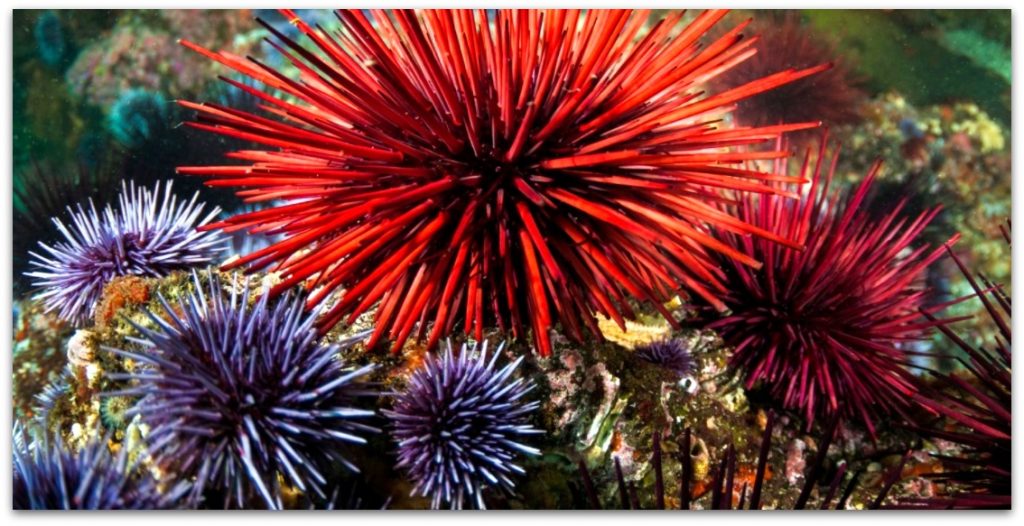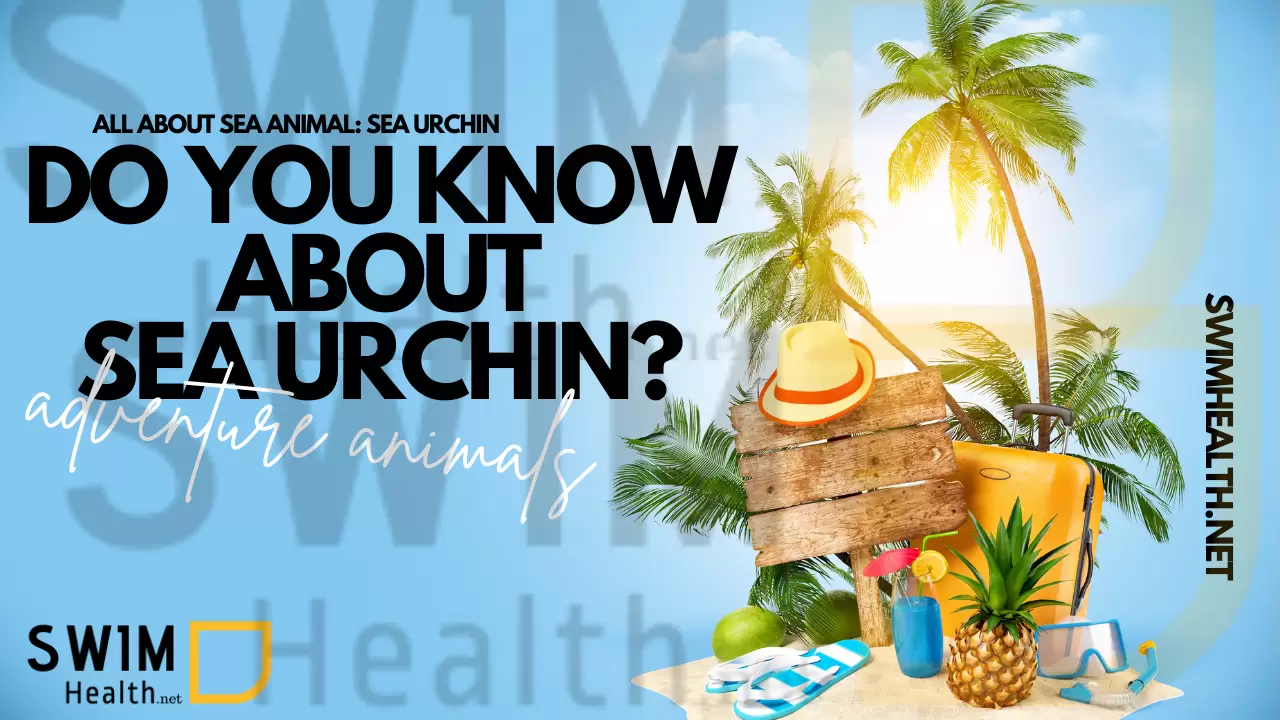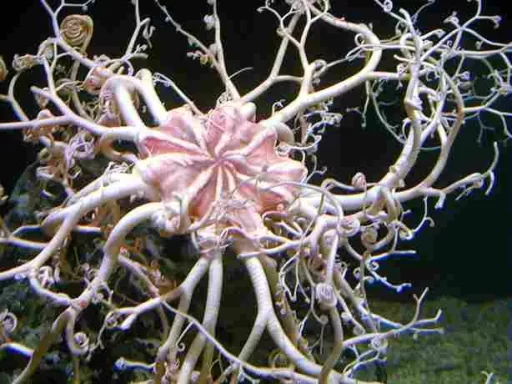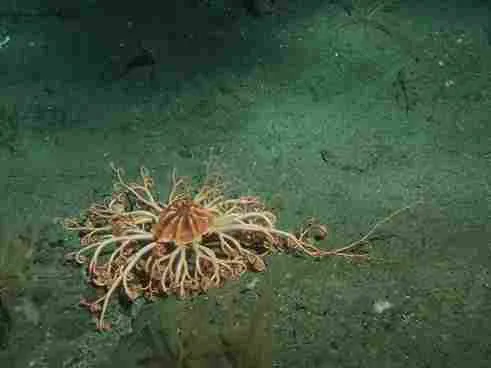Sea Urchin is an unusual kind of sea creature which is rarely known to the most of people among us. This sea creature is Rare and has the iconic, short, branched spines found on its surface. Such an odd creature can be found only in the coastal waters where temperatures are slightly warmer than the surrounding of deep ocean. We have researched and discussed most information about Sea Urchin, where they are found and More.
What is a Sea Urchin?
Table of Contents

The sea urchin is a type of invertebrate with a round build. Specifically, a sea urchin is an echinoderm that typically has ten arms or spines and five tube feet located between its arms. They vary in coloration ranging from purple to gray and green. Sea urchins typically live in shallow waters below heavy rocks, such as near coral reefs or ledges. It reaches maturity at two years old and can live up to 10 years old ; some long lived specimens may live for over 100 years. Blue and green sea urchins are the most common colors throughout their life spans, but certain species can change color as they mature. Most adult sea urchins are a yellowish-green in color with many small, light gray spots or streaks that slightly cover the entire body surface. Blue urchins have a purple-blue color and are marked with many large, dark blue spots , although the top of the animal remains a more traditional light green color. Pink-colored sea urchins can be found in colder regions since it is the temperature in these areas that causes many of these urchins to change color. Blue, green, pink and purple sea urchins are sold commercially from the ocean. Predatory urchins live in colonies and keep to themselves; therefore most of their material is sold evenly among members of the colony, rather than off the top of the rock. There are four basic types of self-burrowing sea urchins found in marine reefs such as the purple sea urchin.
Each sea urchin tries to be the first to eat the food that encompasses the entire reef. Since most of their diet comes from the underside of the rock, it is only natural that these urchins would be in charge of everything that grows from the sand. In a word, they like to eat top side.
Where can we find Sea Urchins?
Sea urchins can be quite difficult to find. They are usually found on the ocean floor with light brown, spiky stuff all over them. The interesting thing about sea urchins is that they have a tube called an arm which extends from their mouth and opens into a big ring around their anus. They make both extremely toxic sperm-producing organs as well as colorful dishes for some people. They’re also a popular food, although it’s not really customary to eat them to enjoy them.
Sea Urchin Shells
Where can we find sea urchin shells? Sea urchin roes tend to get washed on the beaches and near cliffs, so if you find them where they are washed ashore, chances are that no one has been helping themselves to them. You can collect these yourself and process them as you wish. You can also buy them in larger quantities ready-made at your local fishmonger. The longer you have them, the more time they will have on them to stain with dirt and full of holes. Most sea urchin shells have a deep burgundy color to them, and are fairly smooth. If you can find the marks of their legs, they are usually bright red. Some are striped, some are plain (without legs), and hopefully you will find at least one that is very brightly colored with dark spots. More often than not these are the best sea urchins and are referred to as “red streakers” as they look as if they are streaking across the water. Use the tips of your scissors to scrape off some of the flesh around any protruding “blobs” or “balls.” If they are very large in size, the stem might be part of the footprint already, so extra caution is needed to remove it. With your finger press gently on the top of the “foot” or “ball.” Sometimes a brittle sea urchin is threescore years and ten,other the meaning of the human body part fingerprint and the.
What is the difference between an urchin and an oyster?
Despite their different shapes and sizes, both have many commonalities. An embryo of an urchin looks like a short piece of thin tube while an oyster embryo is longer and rounder. The membrane that partially covers the surface of each is called the test, which is more visible on an urchin because it only has one layer of cells instead of two. And the shell encasing the animal is called a test or carapace, meaning that there are just two layers: a surface layer and a tough under layer made up of calcium carbonate partials. These two layers, the exoskeleton and the shell, are called a test. Each tests has another under layer where energy is stored and muscle is being built. Enzymes called chitinase break down the chitin in shell building waste to form amino acids building blocks for the outer epithelium. Surprisingly this same chitinase breaks down the tough outside layer of the test as well. The animal can recycle material as needed. The inner epithelium adds more cells to grow more muscle, and the armoring cell type grows new chitin case in the middle.
Sea Urchin Food
The sea urchin is a type of sea snail found in marine water. Not only is it very unusual, there is also no such thing as a blue sea urchin, however some farms breed this type to produce Blue Sea Urchin meat that is shipped all over the world for food! Most sea urchins feed on algae, but sea cucumbers and their relatives also eat shellfish and other small creatures like fish eggs. Sea urchin is a type of invertebrate (a creature without a backbone) that has many spines, which creates a skeleton that makes it slippery. It can swim backwards and forwards quickly in any body of water. Sea urchins usually eat other sea animals such as plankton, fish larvae, algae, and small crustaceans.
Is Uchincha more difficult to spot than other species of sea urchin?
Most people can identify sea urchins by their spines, which are called ‘tubercles.’ These species of sea coral have usually green or white webbing. The sea pink is an environmentally-friendly variant and the uchincha is a favorite among chefs. It can be found closer to the surface than other species of sea urchin, but it’s not quite so easy to spot, as it’s camouflaged with a light brown color.
Conclusion
The sea urchin contains an amazing amount of calcium. It is thought that the calcium in sea urchin may help to prevent osteoporosis. Sea urchins are also tasty, because of their lovely pink colour and crunchy texture. Sea urchin is one of the most popular seafood delicacies in Japan, Germany, USA and other parts of the world.






